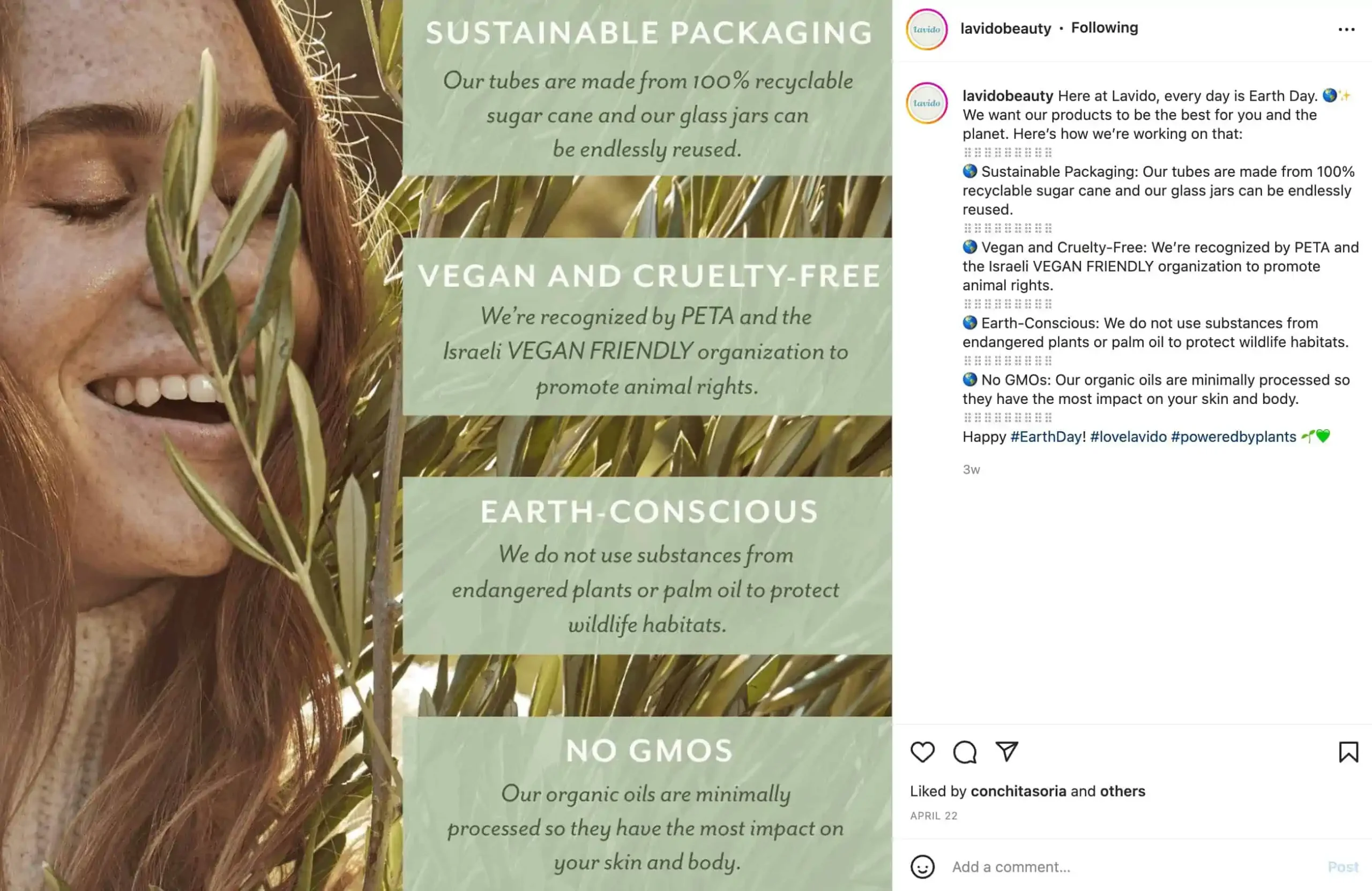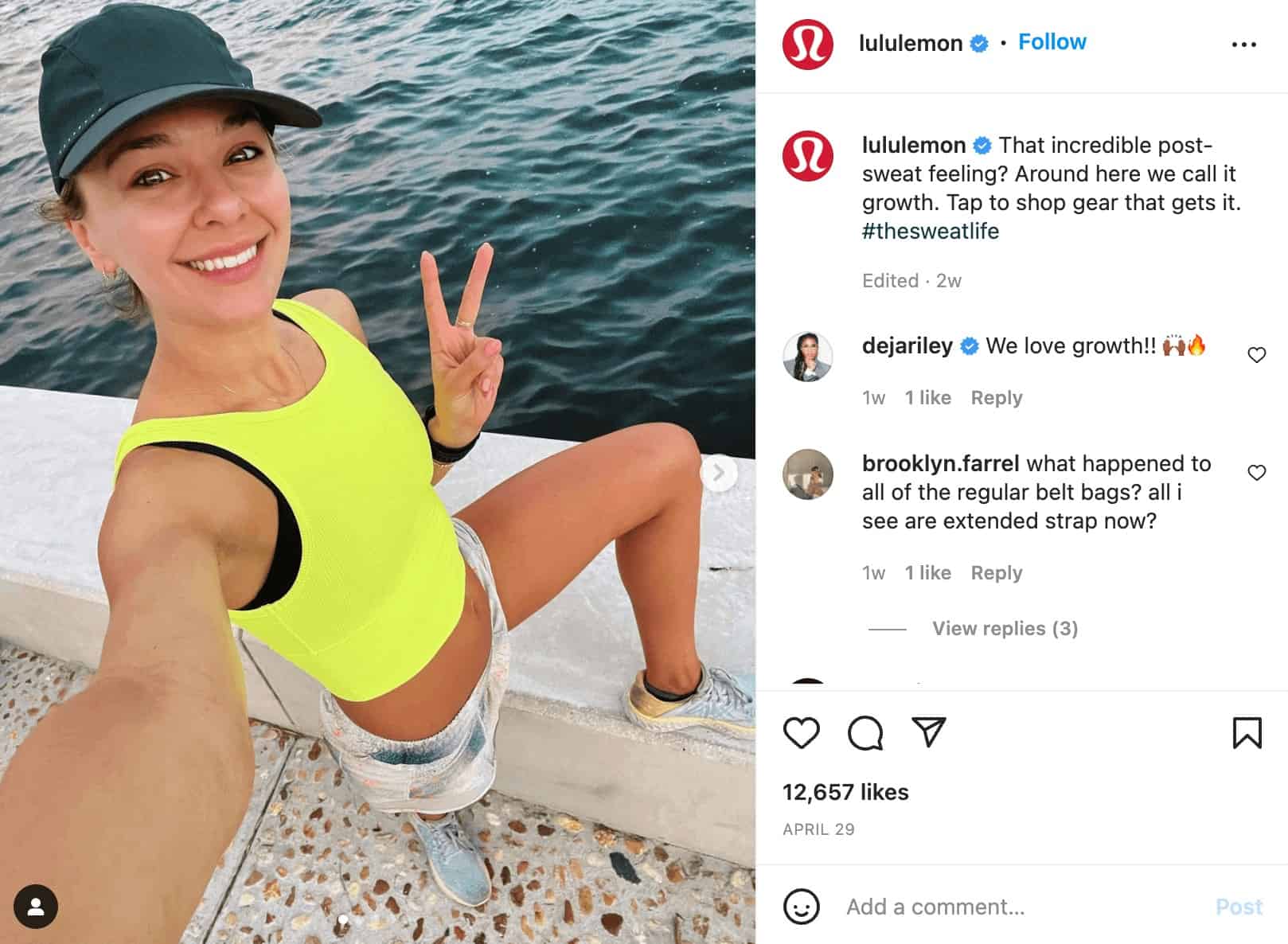
I remember when starting my small business, I went all out on my marketing. What do I mean by that? Well, I had no idea what to do, so I did it all (at least tried to).
I posted on every social media platform available, had a blog, and even did paid ads – I wasn’t lying when I said I did it all. But it didn’t work. Why? Because I didn’t have a plan. I didn’t have any goals or direction set for my business. I didn’t have a marketing strategy.
And I’m not out of the ordinary. A lot of business owners don’t know about the importance of having a marketing strategy. So, what ends up happening is they do a bunch of marketing without actually knowing if it’s right for their business.
But if you’re ready to create a marketing strategy that works for your business, keep reading. That’s what I’m going to talk about right now.

A strong marketing strategy is the foundation for any successful business (big or small). It’ll provide your business with a game plan for how you will attract, connect, and retain your customers.
To bring this game plan to life, here are 7 steps you’ll need to follow. So, let’s get started.
Before creating a marketing strategy, you need to know where you’re at. To do this, you need to run a SWOT analysis. Don’t worry; it’s not as intense as it sounds.
A SWOT analysis helps identify your business’s strengths, weaknesses, threats, and opportunities.
Once you complete this, you’ll have a clear idea of what your business does best, what needs improvement, the potential risks, and how your business can grow. Read this article to learn how to run a SWOT analysis.
Okay, this may sound a little weird. Why would you need to make a marketing plan for your marketing strategy? Hear me out for a second.
Your marketing strategy is your overall game plan for how your business will attract, connect, and retain customers.
But your market plan covers the specific actions you will take to achieve your marketing strategy. To create your marketing plan, include the following information:
Once you have all this information written down, you’ll know how you’re going to achieve your marketing strategy.
Your marketing strategy needs to reflect your business goals. In other words, whatever you do in terms of marketing needs to be done with your overall goals in mind.
For example, let’s say your goal is to increase awareness of your business on social media. To do this, you’ll need to focus on creating engaging posts that’ll increase your following and expand your audience.
Whatever your goals may be, look at how marketing will help you achieve them.
Before you can market to your audience, you need to know who they are. That’s why you create a buyer’s persona. A buyer’s persona (also known as an audience persona) is a fictional profile that represents your ideal buyer.
If you’re just starting your business and don’t have an audience yet, don’t worry. You can still create a buyer’s person. Read this article, it’ll show you how to conduct audience research when you don’t have an audience.
By understanding your audience, you’ll be able to create a marketing strategy that will attract, connect, and retain the right people. To develop a buyer’s persona for your business, read this step-by-step guide.
Before you can stand out from your competition, you need to know who they are and what they’re doing within the market. Competitor research is a powerful tool in helping you identify gaps in the market and pain points that are overlooked or forgotten.
Look at your competitors and market while asking yourself the following questions:
You can research your competition simply by looking through their website and seeing what they’re doing on social media.
If you don’t know who your competitors are, we got you! Read this guide on competitor analysis.
Once you have your goals identified, it’s important to make sure you can measure your growth. That means you need to look at the data.
Many businesses ignore analytics, don’t be like them. Data-driven information is full of benefits. But ultimately, it helps you make the best decisions for your marketing strategy.
While there are tons of paid tools you can use, let’s start with the free ones. We like free; we want free. You’re just starting out, so you don’t need to invest in fancy tools just yet.
Google Analytics is great for helping you measure your website and blog performance. With social media, you can use the free metrics provided to you by each app.
What content are you currently using when marketing? Are you doing any paid ads? Are you posting content on social media?
Go through your existing content, look at the data and see what’s performing well and what isn’t. Then decide what you will continue to use moving forward and how you can use this content to your benefit.
If you’re creating content that isn’t aligning with your goals, cut it. A good marketing strategy is a clear one.
After you’re clear on which content aligns with your overall marketing goals, it’s time to put it to the test.
With the existing content you’re keeping, see how you can reuse it on different platforms. For example, if you’re posting twice a week on your blog, you can repurpose it and share it as an Instagram story or make a tweet about it.
That’s one thing. But you also need to see what’s missing in your marketing plan. With your existing content and your buyer’s persona in hand, start looking at the pain points you’re addressing or missing.
So, for example. Let’s say you have an organic dog treat business. One pain point for your buyer is that many dog treats available are full of chemicals and low-quality ingredients. Now, does any of your content address this pain point?
If not, then you need to create new content that addresses that pain point. It could be a blog post or an Instagram Reel that shows the ingredients of your dog treats in comparison to other brands.
After coming up with content ideas, you can create a content calendar that will map out how you’re going to carry out your marketing campaign. Ideally, mapping out your content strategy a couple of months in advance is best.

It’s one thing for me to write how to create a marketing strategy, but what is the outcome of a successful marketing strategy?
With these 5 examples, I’m going to show you some of the different ways businesses connect and attract their audience.
Lavido Beauty is a natural skincare business that uses a mix of user-generated content and niche-specific marketing to connect and attract its audience.

As you can see from the image, they offer earth-conscious, non-GMO, vegan, and cruelty-free products. And while not everyone is looking for this in their skincare, their audience is.
So, they’re not wasting time – Lavido Beauty uses these features in their content to help connect with their target audience.
Now, Lululemon isn’t a small business, but they implement marketing strategies that any small business can (and should) do.
Lululemon, a fitness apparel brand, built its brand on helping its audience live mentally, physically, and socially healthy lives. They focus on inclusivity and letting the audience define what wellness means to them.

So, rather than showing models and celebrities in their clothing, their social media highlights real people wearing their clothes. They promote people of all shapes, sizes, and colors, include unboxing videos of customers, and show their support for community-based causes.
Not only does their social media fit their core values, but these posts also work as social proof and build brand trust among their audience.
Alexis Russell Jewelry is a small jewelry boutique that creates sustainable, ethically sourced, one-of-a-kind diamond and gemstone pieces.
They started just like your business, with few followers, but now have a following of over half a million. How did they manage to attract and expand their audience?

While their business is based on creating one-of-a-kind jewelry, they took that into their marketing strategy. Their marketing focuses on engaging with their audience, allowing them to take a role in the design process.
Their IG stories are constantly asking their audience for their opinion on the color, shape, and design of everything they do. As a result, they achieve two things: they engage with their audience and learn more about their audience’s needs to create pieces the audience wants to buy.
Now, your business may not offer a product – maybe you’re a coach, consultant, or therapist. But just because you don’t have a physical product doesn’t mean you should skip creating a marketing strategy.
Theangrytherapist, John Kim, is a licensed therapist who has nailed his marketing strategy. He uses storytelling from his own life to help connect with his audience.

He really takes advantage of Instagram Reels to create engaging and personal responses to his audience’s questions. By using himself as a promotional tool, he’s built trust and long-lasting relationships with those who follow him.
With time, his audience has grown and now he has a few books and a podcast he can promote directly to his audience.
When we see businesses nailing their marketing campaigns, sometimes we think to ourselves, “what are we doing wrong?“. And the answer is simple: they have a clear marketing strategy.
If you follow the steps above in creating a marketing strategy for your business, you will be able to use your marketing campaigns to connect with your audience and attract new customers.
This portion of our website is for informational or educational purposes only. Tailor Brands is not a law firm, and the information on this website does not constitute legal advice. All statements, opinions, recommendations, and conclusions are solely the expression of the author and provided on an as-is basis. Accordingly, Tailor Brands is not responsible for the information and/or its accuracy or completeness. It also does not indicate any affiliation between Tailor Brands and any other brands, services or logos on this page.
Products
Resources
©2025 Copyright Tailor Brands